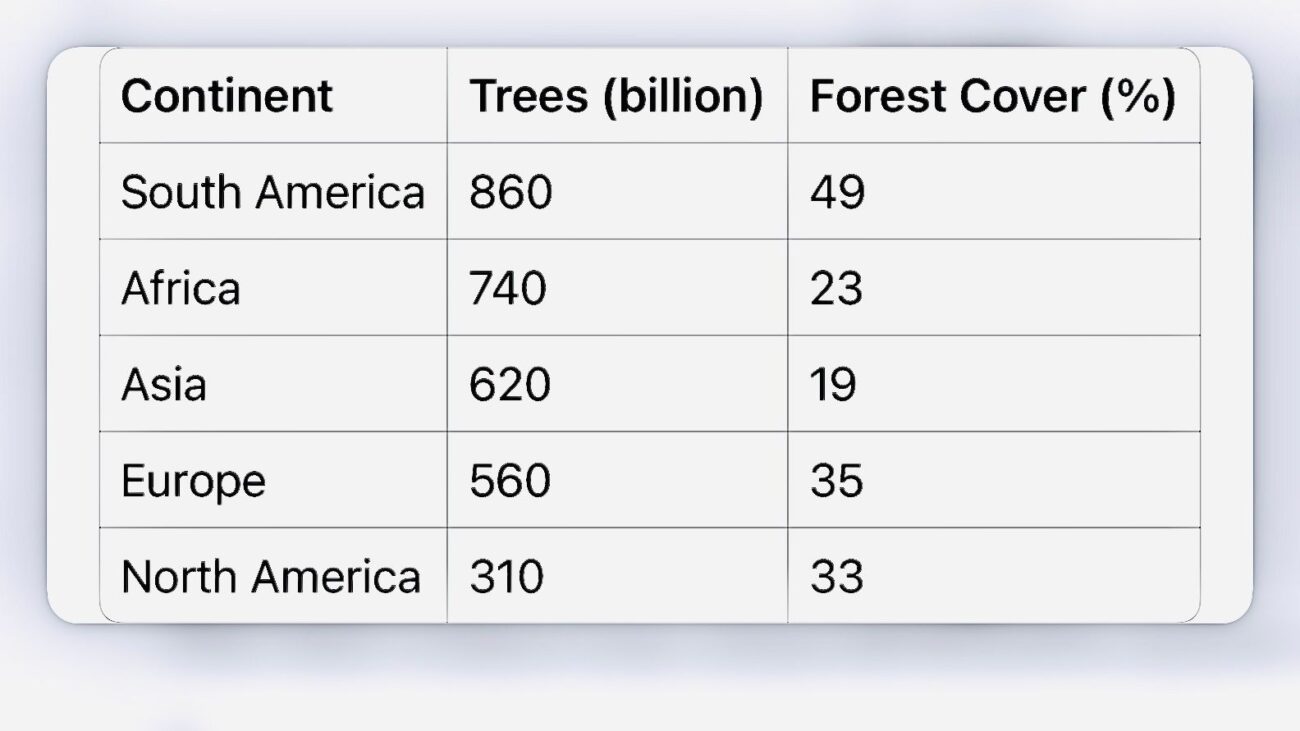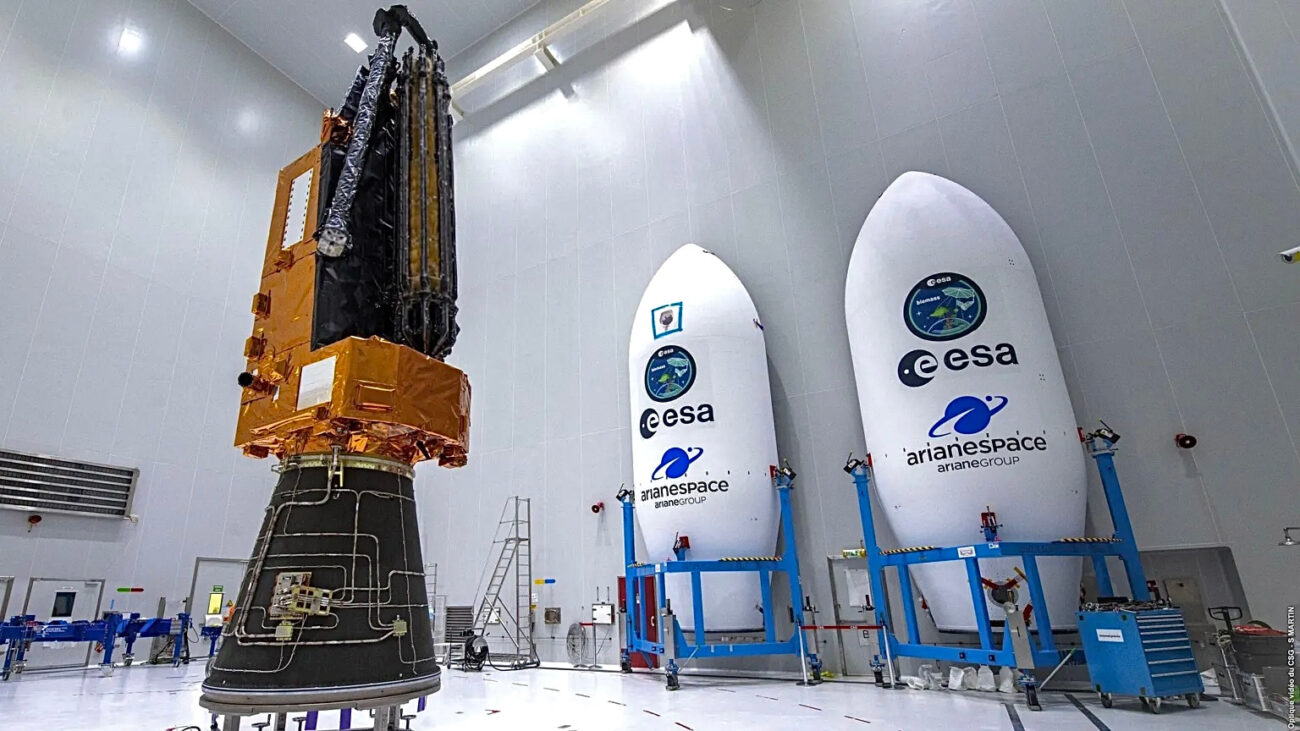In an age when every breath counts and every forest sighs under the weight of climate change, a single satellite—ESA’s Biomass—prepares to turn whispering leaves into quantifiable stories of carbon and life. Armed with pioneering P-band radar, BIOMASS will pierce through the densest canopies to measure the trunk-by-trunk biomass of Earth’s 1.5 trillion trees, transforming our understanding of forests from distant green tapestries into precise, living balance sheets. By marrying cutting-edge space technology with our planet’s ancient lungs, this mission promises to redefine conservation, policy, and our collective bond with nature itself
Beneath the roar of engines and the hum of servers, the silent testimony of trees holds the key to humanity’s survival. In their rings lie the memory of pandemics, droughts, and resilience—a chronicle we’ve long neglected. BIOMASS arrives not merely to scan forests, but to remind us that every tree weighs not just in kilos, but in hope.
Whispers Among the Canopy
Once, before roads and rockets, forests spoke in rustles and shadows. They painted rainbows at sunrise and cradled entire ecosystems in their branches. Yet, as humankind reached for the stars, we stopped listening. Now, imagine a silent observer gliding above—no camera, but a heartbeat-feeling radar, attuned to the pulse of wood and bark. This is BIOMASS: a voyager born from our longing to reconcile innovation with reverence for Earth’s oldest storytellers.  
A Mission Rooted in Purpose
Evidence
Forests sequester roughly 2.4 billion tonnes of CO₂ every year, making them pivotal allies in mitigating climate change. Yet, existing estimates of global forest biomass carry uncertainties exceeding 20 percent, hampering policy and conservation efforts. BIOMASS aims to slash these uncertainties by delivering direct biomass measurements from space.  
- Essential Facts
- • Mission Name: Biomass, Earth Explorer 7, ESA’s Living Planet Programme
- • Launch Date: 29 April 2025, aboard Vega-C from Kourou, French Guiana
- • Duration: 5 years, capturing at least eight seasonal cycles
- • Mass & Orbit: 1,170 kg at 660 km sun-synchronous orbit
How It Works: Weighing Without Touching
Evidence
Unlike optical or L-band sensors, BIOMASS carries the first P-band Synthetic Aperture Radar (SAR) in orbit (435 MHz, ~70 cm wavelength). These longer wavelengths penetrate dense foliage to detect trunk thickness and wood density—direct proxies for biomass.  
- Essential Facts
- • P-Band Advantage: Penetrates canopy and understory in all weather, day or night
- • Global Coverage: Orbits Earth every ~100 minutes; revisits every forest belt biannually
- • Data Products: 3D structural maps within 18 months; biannual 2D biomass grids thereafter
“This radar will weigh forests as never before, turning green mysteries into measurable answers.” — ESA mission scientist Dr. Shaun Quegan 
Beyond the Bark: Why Tree Mass Matters
Evidence
Trees store approximately 50 percent of their dry biomass as carbon. When forests are logged or burned, this locked-away carbon is released, intensifying global warming. Accurate biomass data underpin carbon credit markets, guide reforestation, and inform policies under the Paris Agreement.  
- Essential Facts
• Carbon Sink: Global forests absorb ~30 percent of anthropogenic CO₂
• Policy Impact: Data feed into UN REDD+ (Reducing Emissions from Deforestation and Forest Degradation)
• Illegal Logging: Enhanced monitoring deters unauthorized clear-cutting in remote regions - “Nature is our greatest ally in the fight against climate change. Measuring her strength is the first step to empowering her.” — Dr. Jane Goodall, primatologist and environmentalist 
Voices of Visionaries
Evidence
From policy makers to indigenous leaders, the call for reliable forest data echoes across disciplines. BIOMASS represents a fusion of scientific rigor and cultural stewardship.  
- Essential Facts
• Collaborators: ESA with NASA, Airbus Defence and Space, Thales Alenia Space
• Lead Scientist: Dr. Shaun Quegan, University of Sheffield
• Funding: ~€400 million under ESA’s Living Planet Programme
• Stakeholders: Indigenous communities, conservation NGOs, policy bodies - “Every tree measured is a story remembered.” — Indigenous Amazonian proverb 
Global Canvas: Mapping the Trees
Evidence
A landmark 2015 study in Nature estimated ~3 trillion trees on Earth, with forests comprising 1.5 trillion of them. Here is a continent-level snapshot:  

This data underscores where BIOMASS’s insights are most transformative—tropical belts and remote reserves.
Research Insights and Future Directions
As BIOMASS ascends, it carries humanity’s promise to listen to the quietest voices on Earth. Its data will refine carbon budgets, empower local stewards, and anchor global climate models in tangible truth. Yet, the journey ahead beckons new questions: How will real-time biomass monitoring reshape carbon markets? Can these metrics galvanize global reforestation pledges? BIOMASS is merely the prologue of an era where we weigh—and honor—every tree as a vital chapter of our shared future.  
- Reflective Questions for the Reader
- 1. What narrative would a single tree trunk tell if we could read each annual ring?
- 2. How might real-time biomass data reshape international climate agreements?
- 3. In what ways can local and indigenous knowledge complement satellite measurements?
- 4. Should biomass data be made openly accessible to communities and researchers worldwide?
- 5. How can artists and educators use this data to foster a deeper connection with forests?
- 6. What ethical considerations arise when measuring nature from above?
- 7. Can precise biomass maps incentivize large-scale reforestation projects?
- 8. How will BIOMASS influence the valuation of carbon credits in emerging markets?
- 9. What technological advances might follow BIOMASS’s pioneering P-band radar?
- 10. Ultimately, what does it mean to truly “weigh” the value of life on Earth?





